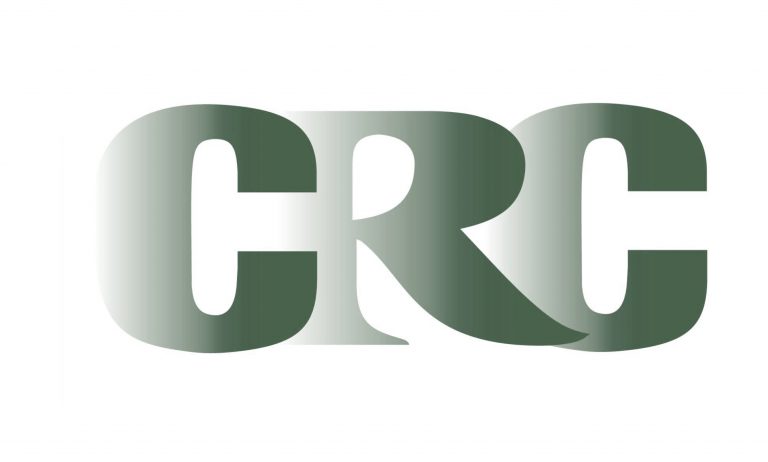Workers’ compensation insurance is intended to benefit employers and employees by providing a transparent system to compensate workers for injuries and diseases incurred on the job, while minimizing legal expenses and delays in activating stated benefits. Each state has a unique legal framework for workers compensation insurance eligibility and benefits.
As discussed below, many states have taken similar legislative approaches to dealing with challenges to their workers’ compensation systems during the pandemic. Other recent trends in workers’ compensation legislation include attempting to provide gig workers with benefits and dealing with the increased legality and popularity of marijuana.
Trend #1: Presumption of Coverage for COVID-Related Illness
Since the start of the COVID-19 pandemic in 2020, 28 states and Puerto Rico have taken action to include this disease as a work-related illness. Eleven states have legislated that there is a presumption of coverage for COVID-19 illness for certain types of workers. California and Wyoming cover all workers for COVID-related illness, while Illinois, New Jersey and Vermont provide benefits for all essential workers. Other states have used various descriptions for workers for whom the presumption of coverage applies, such as school employees (Minnesota), all workers at risk of exposure as part of their job (New York), and nurses and certain public safety employees (Texas). Some states such as Michigan limit the presumption of coverage for workers who contract COVID to the time period during which there is a state-declared emergency, such as Michigan. Many of the state executive orders declaring a state of emergency due to COVID have expired, while California’s presumption of coverage is to remain in effect for the remainder of 2022.
Of the 11 states with a presumption of coverage for COVID-related illnesses, several have included in the legislation articulated grounds for employers to rebut this presumption. For example, in California, SB-213 allows for evidence of rebuttal of this presumption in the form of measures in place at the employee’s location of employment to reduce potential transmission of COVID-19 and evidence of an employee’s potential contraction of the illness through nonoccupational causes. It is not clear how an employer would be able to present evidence of a third party’s contraction of COVID as part of rebutting the presumption of coverage for an employee. In New Jersey, a statute states that the presumption may be rebutted by a preponderance of the evidence showing that the worker was not exposed to the disease while working in the place of employment other than the employee’s own residence.
Trend #2: Job Related Benefits for Gig Workers
It has been estimated that over a third of American workers are now part of the “gig” economy, or work on a piece-meal basis rather than as full time employees. Such workers do not qualify for the workers’ compensation system benefit safety net. Some employers claim that their business models are structured with the assumption that they will not be liable for job-related benefits for these gig workers. Since 2018, legislation has been introduced in nine states (Alabama, California, Connecticut, Georgia, Massachusetts, New Jersey, New York, Washington and Vermont) to establish portable benefits programs for gig workers, set up funds to implement experimentation in this area, or further study related issues. Petrini, Anna, “Portable Benefits for Gig Workers” NCSL, January 2022.
Legislation was introduced in Washington in 2017 to facilitate contributions by gig companies on behalf of workers to set up funds administered by nonprofits. These bills require implementation of workers’ compensation benefits for these workers and consideration of other, related benefits.
In California, voters approved a ballot measure in 2020 called Proposition 22, which would have afforded app-based drivers with benefits such as accident insurance and health benefits. California legislation in 2019 was passed that would have included many gig workers as employees. However, in August of 2021 a California judge ruled that portions of Prop. 22 were unconstitutional and the proposition was unenforceable. Legislation with similar results has been offered in New York and Massachusetts.
Federal legislation was introduced in 2019 titled “Portable Benefits for Independent Workers Pilot Program Act” to award grants to states and local governments, or nonprofit organizations to support experimentation with respect to portable benefits.
Trend #3: Reimbursement for Medical Marijuana Treatment
Another subject receiving recent legislative attention in more than one state is reimbursement for expenses for treatment of on the job injuries and illnesses utilizing medical marijuana. Four states (Mississippi, Kansas, Nebraska and South Dakota) have recently passed legislation prohibiting reimbursement under workers’ compensation benefits for such treatment. On the other hand, two states (New York and New Jersey) are considering legislation requiring employers to reimburse for use of medical marijuana to treat on the job injuries and illnesses.
Workers’ Compensation Costs Slowly Rising
While insurance rates for property and casualty lines have been hardening for some time, workers’ compensation premiums have held steady – until now. MarketScout’s Q1 2022 report showed that work comp rates were up 1% in the first quarter of 2022.
Higher wages are also driving increased payroll costs, which will also impact the cost of workers’ compensation coverage. Now is the time to make sure your work comp data and calculations are accurate. Contact us for a work comp premium audit. As always, you won’t pay a dime unless we generate a recovery.


Recent Comments